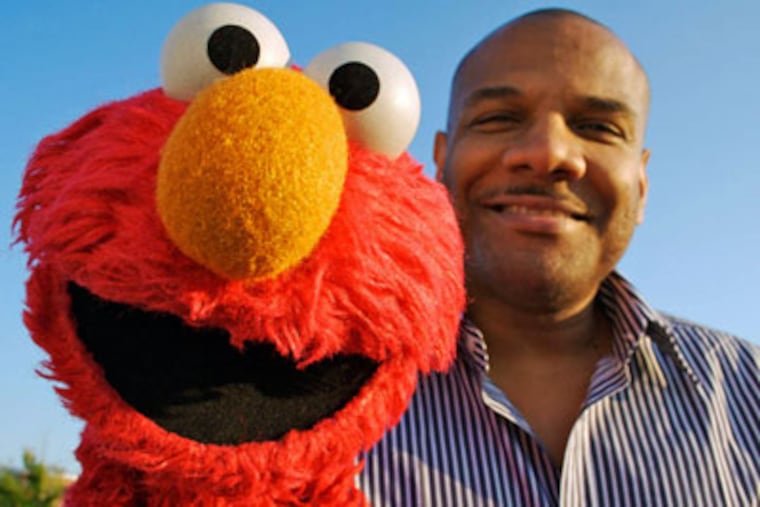Elmo's alter ego: Portrait of Sesame St. puppeteer
This story previously appeared in October during the Philadelphia Film Fest. Kevin Clash, an African American kid from a working-class Baltimore neighborhood, did not create the beloved Sesame Street puppet Elmo.

This story previously appeared in October during the Philadelphia Film Fest.
Kevin Clash, an African American kid from a working-class Baltimore neighborhood, did not create the beloved Sesame Street puppet Elmo.
But on the evidence of Being Elmo: A Puppeteer's Journey, Constance Marks' enchanting portrait, Clash, now a shy and soft-spoken man of 52, gave Elmo his cuddly spirit and vivacity.
Narrated by Whoopi Goldberg, the film about the moppet who became a Muppeteer is about the power of imagination and emotional connection. It is, like Sesame Street, a captivating story for viewers of all ages. Even those unfamiliar with cherry-red Elmo will immediately fall under his spell.
Clash was 9 years old when Sesame Street, with its brightly colored multi-culti neighborhood, made its debut on public television.
"I loved Sesame Street," he says. "It was like my neighborhood - black, white, Asian, Latino." It was a fantasy world where he felt at home.
When the puppets Bert and Ernie looked directly into the camera and directly addressed the audience, Clash was certain they were talking to him. "I wanted to be part of it," he recalls.
Before long, Clash cut the fleecy lining from his father's raincoat and made his own puppets. Soon, he had 85 of them. When he performed in front of children at his mother's day-care facility, the introverted puppeteer could connect with the kids in ways he could not when he was himself. By high school, he was getting flak from fellow students for "playing with dolls" instead of playing basketball.
By 17, he had a paying gig on Baltimore television and the kids who had teased him started paying him respect. He was voted "most likely to become a millionaire," a prophecy that became true.
Being Elmo focuses more on Clash's professional achievements than his personal relationships. Shannon, his teenage daughter, wrote him an e-mail asking the workaholic to pay as much attention to her as to Elmo. Though one gets a sense there is part of the story Marks isn't telling, we do pay attention to the man behind the curtain.
EndText